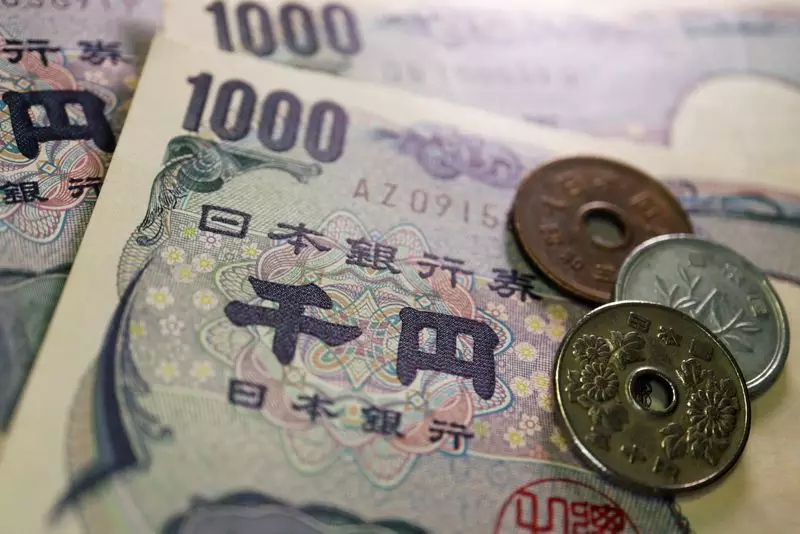In the realm of international finance, Japan finds itself at a critical junction as it grapples with the implications of yen carry trades. These trades, characterized by borrowing the yen at low-interest rates to invest in higher-yielding assets, have become a focal point for the country’s economic leaders. Atsushi Mimura, the vice finance minister for international affairs, has recently articulated the government’s diligence regarding the fluctuating nature of the currency market, emphasizing a proactive stance in times of rising volatility.
The concept of yen carry trades gained traction when investors capitalized on Japan’s long-standing ultra-low interest rate policy. By taking advantage of cheap borrowing costs, traders leveraged funds to explore more profitable avenues abroad. However, this strategy carries inherent risks. As Mimura noted, the resurgence of carry trades can intensify market volatility, particularly if the financial landscape shifts unexpectedly. The risk of rapid fluctuations poses a potential threat to both individual households and broader corporate stability if left unchecked.
Mimura’s comments coincide with significant fluctuations in the yen’s value, which saw precipitous declines earlier this year. These declines were, in part, attributed to the aggressive buildup of carry trades. However, a vital turning point occurred following the Bank of Japan’s (BOJ) decision to raise short-term interest rates at the end of July, leading to a pronounced unwinding of these positions. This strategic shift ignited a notable rebound for the yen, underscoring the direct connection between fiscal policies and market performance.
Government’s Surveillance and Readiness
The Japanese government’s commitment to market oversight is unequivocal. Mimura has reassured stakeholders that authorities are closely monitoring currency movements to mitigate extreme volatility. This vigilance is crucial as any drastic deviations from fundamental economic indicators could result in detrimental effects on the economy—especially for businesses reliant on stable currency conditions. The directive from the finance ministry indicates a preparedness to intervene if necessary, reflecting the importance of maintaining economic equilibrium.
As Japan continues to navigate the complexities of global finance, the implications of carrying trades and currency volatility extend beyond the immediate market. For Japanese citizens and businesses alike, the stability of the yen influences purchasing power and international competitiveness. The proactive measures hinted at by Mimura may serve as a template for how monetary authorities can balance growth while shielding their economy from unpredictable external shocks.
The situation surrounding Japan’s currency and carry trades is a clear reflection of the intricate interplay between fiscal policy and market sentiment. As Mimura and his contemporaries maintain their vigilance, the insights they provide offer a glimpse into the intricate operations of financial governance. Moving forward, Japan’s capability to adapt its currency strategy in response to global economic pressures will be pivotal in securing its financial future.

